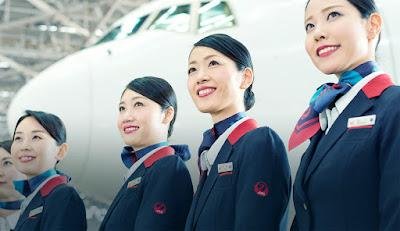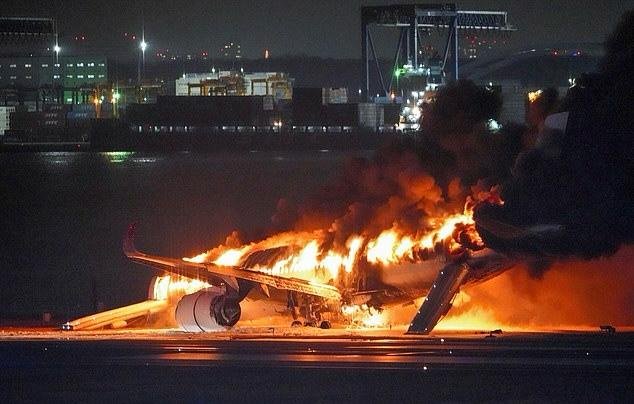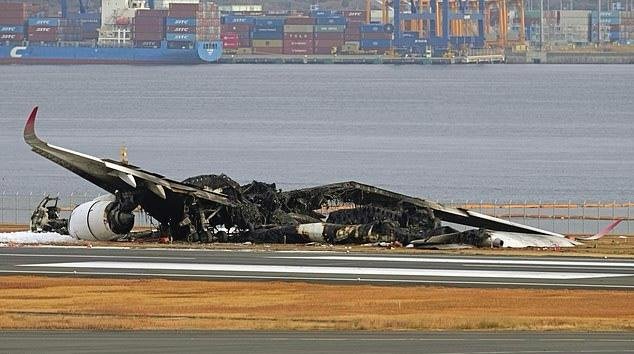JAL gals
I AM STANDING in the galley of a Japan Airlines 787 after the dinner service on this late-night flight bound for Osaka, Japan. Four flight attendants are gathered around me and we are talking flight attendant talk, the usual questions and answers. How long have you been flying? Where are you based? How many hours do you fly each month? We speak the specialized lingo of airline employees using terms like deadhead, FO, bidline, jumpseater, reroute, UM. It’s like a second language, almost an insider code, but airline people instantly know what the other is talking about.


Two months before, Japan Airlines experienced a horrific crash at Haneda Airport outside of Tokyo, Japan. On landing, an Airbus 350, completely full with 366 passengers and 13 crew, hit a Japan Coast Guard plane on the runway. Both planes burst into flames. Despite the inferno, every single one of the 379 people onboard the Airbus got out alive. The souls on the Coast Guard plane were not so lucky. There was only one survivor.
The crash footage was shown repeatedly on the nightly news and the Internet, but I could barely watch the grainy videos taken inside and outside the stricken plane. I felt sick at heart and inexplicably experienced an oppressive, overwhelming sense of foreboding and dread. I saw what was happening, I knew what was going to happen, and I knew what could have happened.
Watching and reading about this accident for days afterward, I felt a kinship with the Japan Airlines flight attendants on board that doomed plane, wondering what they saw, what they did and how they handled it. What would I have done and how would I have handled it?
Then the speculation began. Everyone wanted to focus on the cultural mentality of the passengers on board the flight. The majority were Japanese, a society that respects authority and follows regulations which explained why everyone got out alive – because they left their luggage behind and they followed instructions to evacuate the burning plane as quickly as possible. Only 3 exits were usable out of 6 exits total.
There was criticism that the lights went out onboard the plane. Of course the cabin lights went out in a crash! That is why there’s emergency track lighting on the floor. “White lights lead to red lights which indicate an exit.” I read reports criticizing the flight attendants for yelling commands through a megaphone instead of using the PA system. There’s no power therefore the PA system doesn’t work in a crash!


My training at Delta was to immediately yell commands at the top of my lungs. Don’t wait to run to the compartment where the megaphone is stored, unlatch the brackets, grab the megaphone, dial up the volume wheel and start yelling through it. Besides, there is not a megaphone provisioned at every flight attendant jumpseat. There is typically one megaphone in the front of the cabin and one megaphone in the rear of the cabin. It’s helpful if a flight attendant has a very loud voice!
Huddled in that dark galley, I praise the Japan Airlines flight attendants. “It wasn’t the pilots. It wasn’t the passengers. The flight attendants got those passengers off that burning plane! You guys are the heroes of that flight! You saved all those people! You deserve all the credit! Your training is incredible!” The five of us are crying, crying for the horror, the fear, the loss. Crying in solidarity for flight attendants all over the world as we share a bond, a connection, an alliance transcending borders, language, national identity.
I also tell them that I truly believe that particular crash will be the gold standard in flight attendant training for the next 10 years. How to do things right. How to conduct an evacuation so everyone gets out alive. How to save a planeload of hundreds of people. How to save your fellow crewmembers.
How to save yourself.
